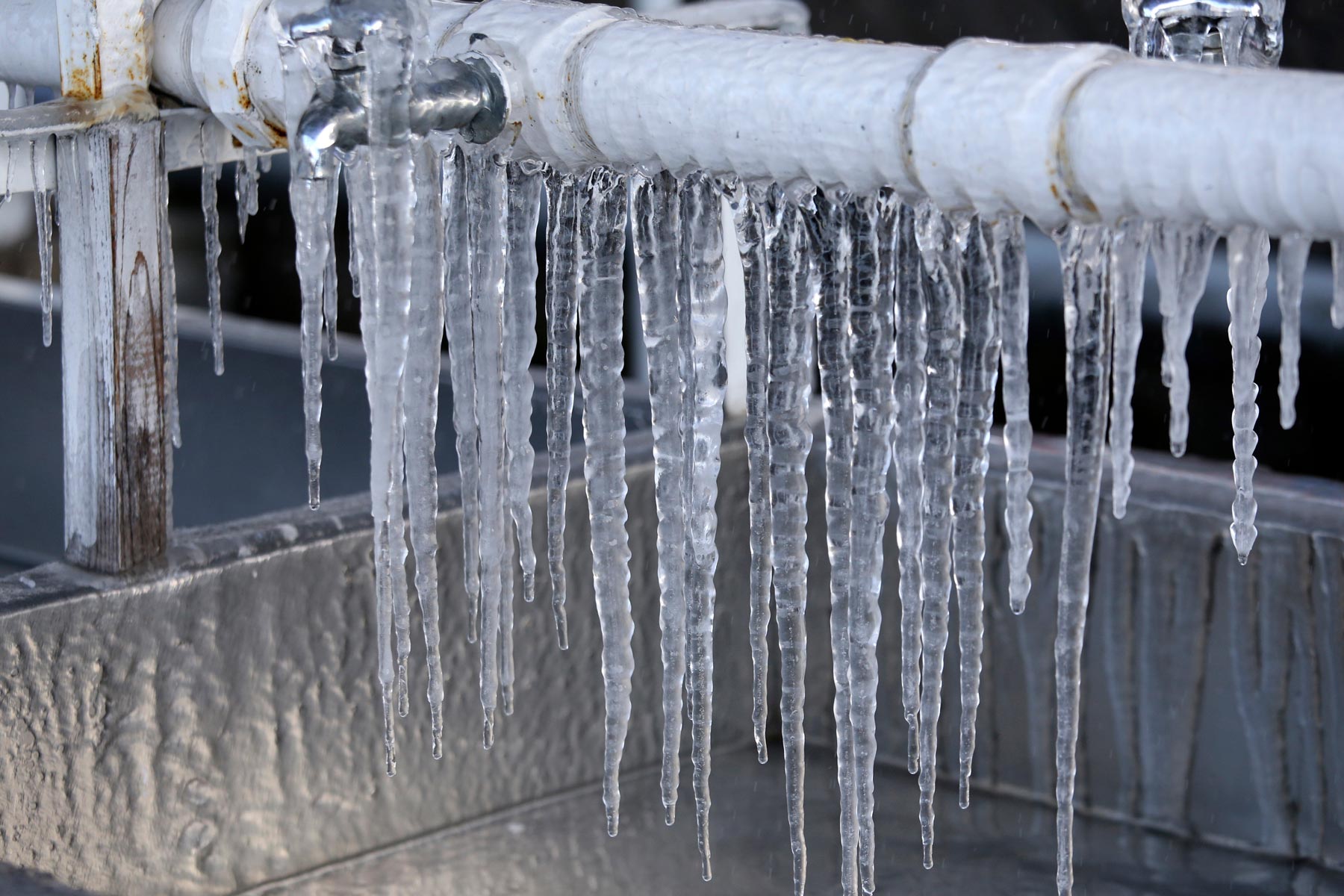Just about everyone has their own individual rationale when it comes to How to Prevent Your Pipes From Freezing.

Cold weather can wreak havoc on your plumbing, specifically by freezing pipes. Right here's just how to prevent it from occurring and what to do if it does.
Introduction
As temperature levels drop, the risk of frozen pipes increases, potentially resulting in expensive repair services and water damages. Recognizing just how to stop frozen pipelines is essential for property owners in cold environments.
Comprehending Icy Pipes
What causes pipelines to ice up?
Pipes freeze when revealed to temperature levels below 32 ° F (0 ° C) for prolonged periods. As water inside the pipelines freezes, it expands, taxing the pipeline walls and possibly triggering them to burst.
Dangers and damages
Icy pipes can bring about water system disruptions, residential property damage, and pricey repair work. Ruptured pipes can flooding homes and create extensive structural damages.
Signs of Frozen Water Lines
Identifying frozen pipelines early can prevent them from bursting.
Exactly how to recognize icy pipelines
Seek reduced water circulation from faucets, unusual smells or sounds from pipes, and noticeable frost on exposed pipelines.
Avoidance Tips
Insulating at risk pipes
Cover pipelines in insulation sleeves or make use of warm tape to safeguard them from freezing temperature levels. Concentrate on pipes in unheated or external locations of the home.
Heating strategies
Keep interior spaces adequately heated up, especially locations with plumbing. Open up cabinet doors to permit warm air to flow around pipes under sinks.
Shielding Outside Plumbing
Yard hoses and exterior faucets
Disconnect and drain pipes garden hoses prior to winter season. Set up frost-proof faucets or cover outdoor taps with shielded caps.
What to Do If Your Pipelines Freeze
Immediate actions to take
If you presume icy pipelines, maintain taps open to ease stress as the ice thaws. Make use of a hairdryer or towels taken in warm water to thaw pipelines gradually.
Long-Term Solutions
Structural modifications
Think about rerouting pipes away from exterior walls or unheated areas. Include added insulation to attics, basements, and crawl spaces.
Updating insulation
Purchase high-quality insulation for pipes, attics, and walls. Proper insulation assists keep regular temperature levels and lowers the risk of frozen pipes.
Final thought
Protecting against icy pipelines requires positive actions and fast feedbacks. By comprehending the causes, indications, and safety nets, house owners can secure their plumbing during winter.
5 Ways to Prevent Frozen Pipes
Drain Outdoor Faucets and Disconnect Hoses
First, close the shut-off valve that controls the flow of water in the pipe to your outdoor faucet. Then, head outside to disconnect and drain your hose and open the outdoor faucet to allow the water to completely drain out of the line. Turn off the faucet when done. Finally, head back to the shut-off valve and drain the remaining water inside the pipe into a bucket or container. Additionally, if you have a home irrigation system, you should consider hiring an expert to clear the system of water each year.
Insulate Pipes
One of the best and most cost-effective methods for preventing frozen water pipes is to wrap your pipes with insulation. This is especially important for areas in your home that aren’t exposed to heat, such as an attic. We suggest using foam sleeves, which can typically be found at your local hardware store.
Keep Heat Running at 65
Your pipes are located inside your walls, and the temperature there is much colder than the rest of the house. To prevent your pipes from freezing, The Insurance Information Institute suggests that you keep your home heated to at least 65 degrees, even when traveling. You may want to invest in smart devices that can keep an eye on the temperature in your home while you’re away.
Leave Water Dripping
Moving water — even a small trickle — can prevent ice from forming inside your pipes. When freezing temps are imminent, start a drip of water from all faucets that serve exposed pipes. Leaving a few faucets running will also help relieve pressure inside the pipes and help prevent a rupture if the water inside freezes.
Open Cupboard Doors
Warm your kitchen and bathroom pipes by opening cupboards and vanities. You should also leave your interior doors ajar to help warm air circulate evenly throughout your home.

We are very drawn to How to Prevent Your Pipes From Freezing and I am praying you enjoyed reading our blog post. So long as you enjoyed reading our blog entry please remember to pass it around. I cherish your readership.
Visit Website